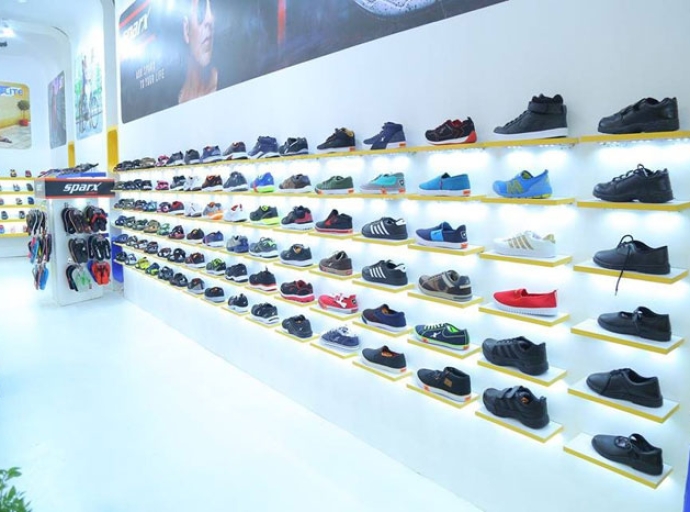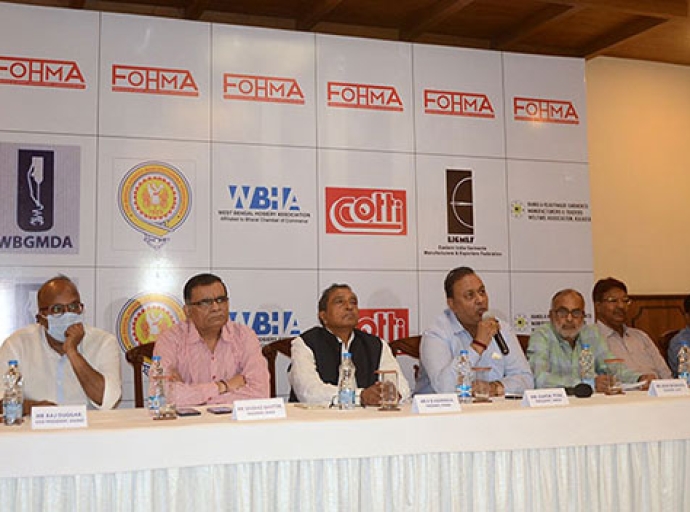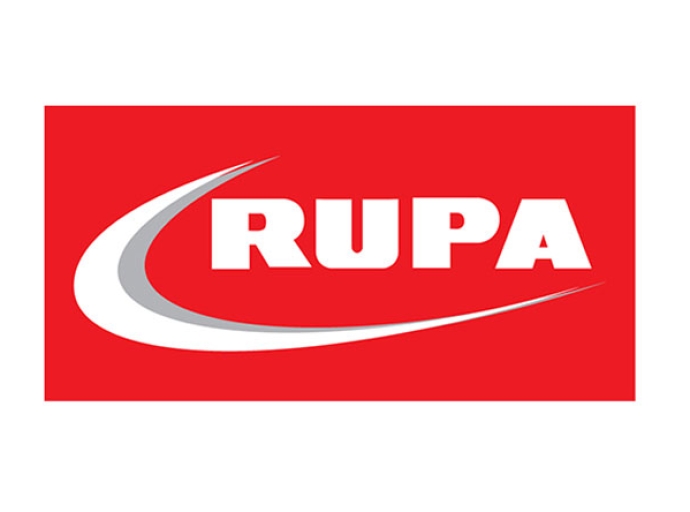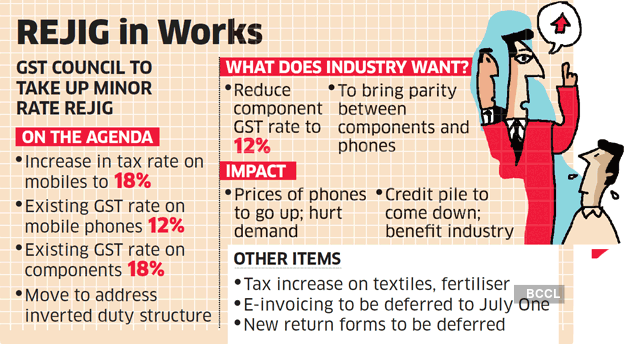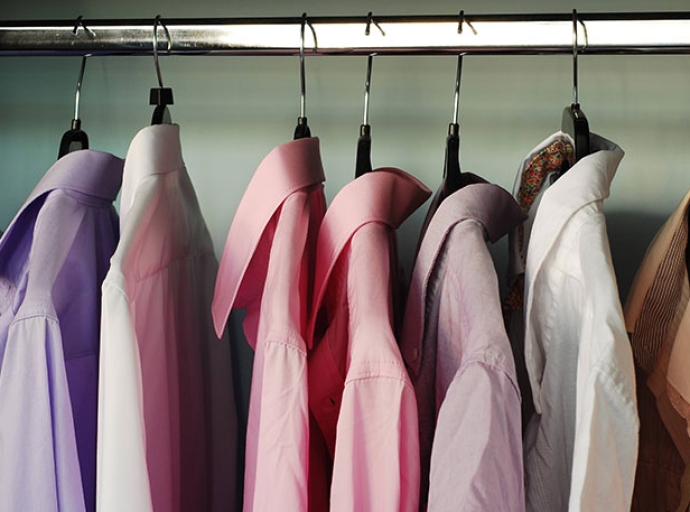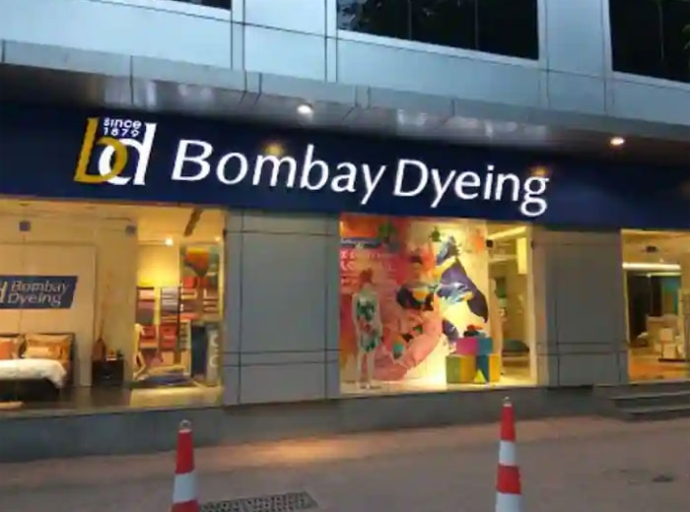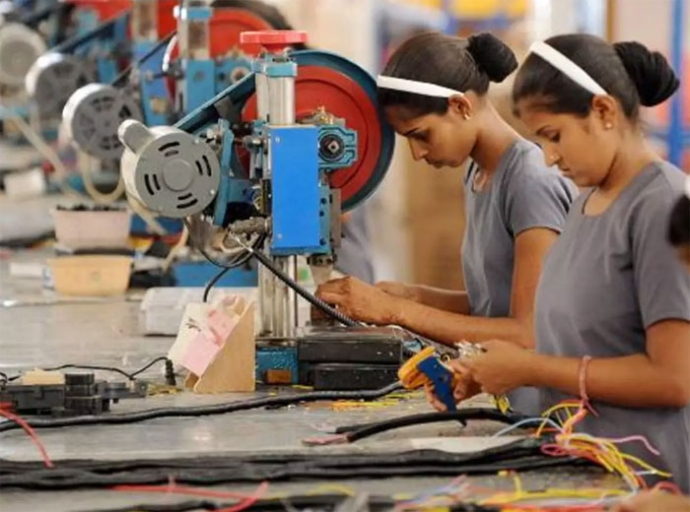01 November 2021, Mumbai:
The GST Council recently announced its decision to increase rates in the footwear and textile sector to correct the inverted duty structure. This will result in 12 percent GST on all footwear irrespective of its price; and barring cotton, all textile products including readymade garments will attract 12 percent GST from January 2022.
The decision will impact nearly 80 percent of final products to consumers, says a joint proposal by the Federation Of Hosiery Manufacturers’ Association of India (FOHMA), West Bengal Hosiery Association (WBHA), The Bengal Hosiery Manufacturers’ Association (BHMA), Chamber Of Textile Trade & Industry (COTTI), West Bengal Garments Manufacturers and Dealers Association (WBGMDA), Eastern India Garment Manufacturers & Exporters Federation (EIGMEF), Bangla Readymade Garments Manufacturers & Traders Welfare Association (BRGMTWA).

The Associations say as per Retailers Association of India monthly survey, domestic hosiery knitwear fabric, textile traders, and garment industry is struggling to revive post-pandemic as most stores continue to operate at 60 percent of pre-COVID levels. The industry is expected to achieve 2019-levels only by 2022-end. Hence, it should not be burdened with additional taxes.
Increase pressure on capital and employment requirements
Extending GST rates may also create greater stress on the already extended working capital requirements of the industry, especially in the MSME sector. It may compel banks to recall loans granted to MSMEs under the government-backed Emergency Credit Line Scheme. This may intensify the sector’s hardships, the proposal points out.
The pandemic has also resulted in a 20 percent drop in employment in the industry. Increasing GST may increase the burden and impact its economic viability. It may lead to 18 percent shrinkage in the industry’s workforce with a loss of approximately two million jobs, adds K B Agarwala, President, FOHMA & Managing Director of Rupa & Company.
Drop-in consumption levels
GST hike may also result in consumption levels dropping sharply, feels Ashok Todi, President WBHA & Chairman, Lux Industries. Also, consumers may shift to cheaper and lower-quality goods to save capital. Largely, cotton-based, hosiery knitwear fabric, textile traders, and the garment industry are already troubled by the severe economic, social and personal trauma caused by the pandemic.
GST hike will increase negativity amongst consumers and who will veer away from purchases, explains Sharad Bhatter, President, BHMA & Director, Asia Hosiery Mills.
It may also tempt fringe players to revert back to the informal sector. This may have a direct impact on the government’s other taxation plans, adds Alamgir Fakir, President, BRGMTWA & Director, Dynax Apparels.
Need for a uniform tax rate for textile value chain
Sanjay Kuman Jain, Former Chairman, CITI, Managing Director TT Ltd & Vice President, FOHMA, advises the GST Council to make the entire value chain subject to a 5 percent rate. This may result in higher revenue collection and also drive greater compliance and consumption.
Vijay Kariwala, Senior Vice President, WBGMDA, also urges the Council to factor in a cost increase to the government as well as the industry as a result of the GST hike. The Associations strongly urges the Central and state governments and GST Council to review their decision and maintain current GST rates.

TOP 5:
1. Flipkart, an Indian e-commerce company, collaborates with PUMA on the ‘1DER' line, which features batsman KL Rahul
2. Consumers will determine growth of sustainable fashion e-comm in India
3. Myntra to offer 1 mn styles from about 7,000 brands at the 'Big Fashion Festival'
4. Maharashtra government honors VIP as 'Best Innerwear Brand' for 2021-22
5. Nike strengthens retail presences with new store at DLF Mall of India,Noida
Return to homepage

